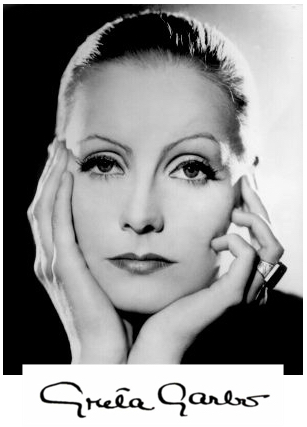Biography
Actress Greta Garbo had a greater impact on her craft than did any other actress in the 20th century. She introduced what is now called method acting to the screen, and in twenty-eight films, twenty-five of them filmed in the United States, redefined the image of women on the screen. Her stunning beauty and style captured the hearts of millions.
Born in Stockholm, Sweden, she was the youngest of three children of a working class family. In 1920, she took a job as a salesperson at the leading Swedish department store, PUB, a job which led to her appearance in two advertising shorts for the store. This was followed by her first film role in the comedy Peter the Tramp (also known as Luffar-Petter; 1922). Later that year she won a full scholarship to the Academy of the Royal Dramatic Theatre, the training ground for nearly every Swedish actor.
In 1923, Garbo left the Academy to star in Mauritz Stiller's classic Gosta Berling's Saga, which premiered in 1924. The film was a critical and commercial success. Garbo's appearance in this film, and in the even more renowned Joseph Pabst film Street of Sorrow (also known as Joyless Street) in 1925, solidified her position as one of the premier actresses in Europe.
Louis B. Mayer, the president of MGM, signed Garbo to a contract after viewing Gosta Berling's Saga, and she moved to California in late 1925. Her first American film was The Torrent, which premiered in March of 1926. The Torrent, The Temptress, and Flesh and the Devil accounted for 13% of the revenue generated by all MGM films produced during the 1925/26 production year. Garbo was now an international star.
Given this success, MGM tried to renegotiate its original three year contract with Greta Garbo. A protracted six month contract dispute was resolved in June, 1927. In the next two years, Garbo made seven more silent films, and accounted for 14% of MGM's profit from those two production years. In her film roles and personal life, Garbo demonstrated the new potential for women in the modern world. Many of her films were controversial at the time of their release.






